
Homo Faber Guide - GASTRONOMY & CRAFTSMANSHIP
Bespoke contemporary masterpieces resulting from the meeting of master artisans and master chefs bring a mutual philosophy and craftsmanship skills to the table. Diners can delight in an experience of craftsmanship that encompasses all the senses.
From country to country, across different regions the culinary delicacies and traditions may change and so does the character of local craftsmanship, yet the centuries-old relationship between the two remains the same. Together and alone, gastronomy and craftsmanship represent a unique cultural heritage. In Japan, the handcrafted vessels of master ceramicists have long been associated with the country’s gastronomical practices. In Italy, each region has its own idiosyncrasy; south of Naples on the Amalfi coast the renowned handmade and hand painted tableware from Vietri sul Mare are traditionally used to serve the local seafood.
Much like a ceramicist, glassblower or knifemaker, chefs are masters of their craft. Every morsel is prepared with care, creativity and technique to transform and elevate simple raw ingredients into a variety of flavours, textures and visual feasts for the eyes. Artisanal recipes require imagination and innovation to marry tradition with modernity and cater for discerning taste buds. Michelin-starred and master chefs look to the mutual skills, passion, expertise and imagination of fellow craftspeople to present and complement their contemporary cuisine and the messages they seek to convey.
The pieces master artisans make become an extension of the restaurant’s outlook, such was the case when Ádám Csaba Szabó collaborated with the Michelin-starred restaurant Onyx in 2018. Instead of disposable plates, the restaurant served its dishes in unfired raw clay pots, which even if they were discarded afterwards, became part of the land again once the rain fell. As this required a lot of dishes, Ádám decided to teach the restaurant's team how to make a pinch pot. In a little over three weeks, the team created 2,000 serving dishes by hand, altering the way the restaurant served its creations, but also sending a sustainable message to the diner and leaving a lasting impression on the team.
“I need to find a balance when making "gastro" ceramics. For these objects, the final item is not mine alone: I need to leave room for the chef, the food, the environment and the guest, yet still keep my creativity within the piece.”
In turn, a master artisan’s creations come alive when they serve a function; handcrafted ceramic plates present edible art and handmade knives become a chef’s tool in the kitchen. Who made them and how they were made is significant, as chefs seek to reinforce their culinary masterpieces and restaurant’s ethos using an artisan’s mastery; whether that’s to inject colour, humour or to emphasise an eco-friendly philosophy. This meeting point between gastronomy and craftsmanship was the theme for the recent Summer School in Castilla La Mancha where Michelin-starred chef Carlos Maldonado Pinel behind the restaurant Raíces worked closely with 15 applied arts and design students to create ceramic dinnerware using traditional Talavera ceramic techniques.
“For me, it’s very important to present the dishes in local ceramics. Every person who is engaged in craftsmanship must put everything, his whole soul into it. Every colour, every texture of the plate is visually beautiful. It is a work of art.”
With a passion for Japanese blades and the different local and traditional knives of Italian shepherds, Gioel Terlizzi of 'L Cotèl began making and sharpening knives for the many Michelin-starred chefs when he moved to the Piedmont hills. Gioel expresses his vision interpreting his clients’ needs, making made-to-order knives using existing blades; he engraves and carefully selects materials for the handles, sourcing wood and horn, and playing with resin’s hues and colours.
“Knives are an essential tool for any chef, expensive and in need of good maintenance. For their restaurants they also set a high bar and this is when the creation process starts, it is a collaboration.”
Glass fusers Ester Luesma and Xavier Vega create exquisite glass dinnerware which unites flair and function. Their workshop nearby Barcelona is where they design and make dinnerware for haute cuisine, which is now in high demand among renowned chefs. An encounter with master chef Ferran Adrià of El Bulli in 2004 became the catalyst to move in this direction. He was intrigued by the way the creative duo used glass and he was in need of dinnerware that could be adapted for the unique cuisine he was developing. They discussed it and so began a long collaboration.
“Our pieces are light, delicate, almost resembling china. When experimenting, a chef envisions how the food will be displayed as part of the experience. The dinnerware must be dishwasher safe, occupy little space, bear different temperatures, and be easy to hold. This is where our creative vision meets function.”
Italian glassblower Massimo Lunardon is a wizard at creating playful and fun glassware. From his set of handmade lamp-worked flutes inspired by the wonders of the underwater world to his octopus decanter, Massimo’s creations bring authenticity, colour and humour to restaurant tables.
“Working with people from different fields is the most stimulating part of my profession. Recently I enjoyed collaborating with great chefs to create bespoke table sets. They include Massimo Alajmo of the Le Calandre di Sarmeola restaurant in Rubano, near Padua, and Enrico Crippa of the Piazza Duomo restaurant in Alba.”
Massimo Lunardon, glass blower featured in the Homo Faber Guide
Notes for editors
The Michelangelo Foundation for Creativity and Craftsmanship is a non-profit institution based in Geneva which champions contemporary craftspeople worldwide with the aim of promoting a more human, inclusive and sustainable future. The foundation seeks to highlight the connections between craft, the wider arts and the design world. Its mission is to both celebrate and preserve craftsmanship and its diversity of makers, materials and techniques, by increasing craft’s everyday recognition and its viability as a professional path for the next generations. From engaging educational programmes such as the Summer School to its signature digital project the Homo Faber Guide and international exhibition the Homo Faber Event, the foundation is fostering a cultural movement centred on master artisans and rising stars.
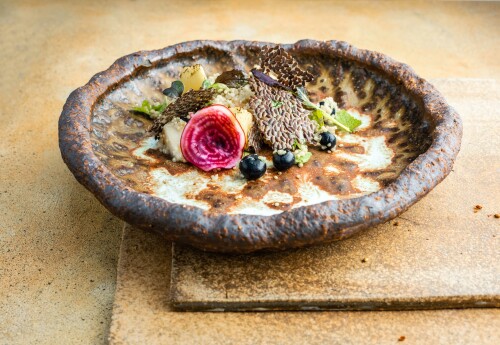
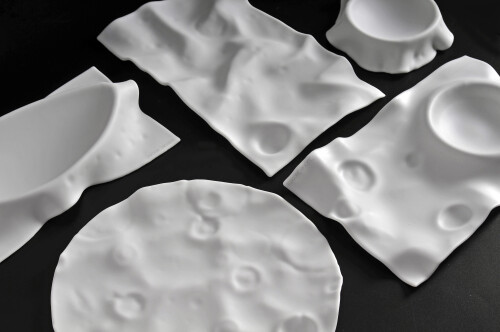
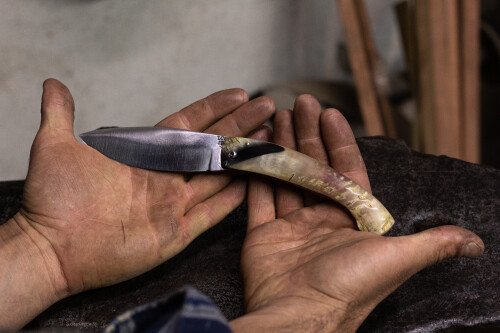
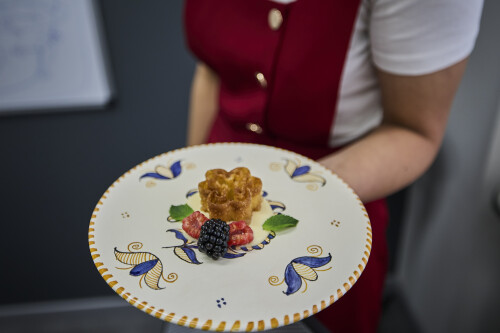
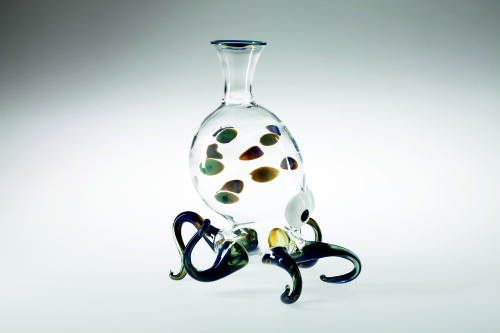
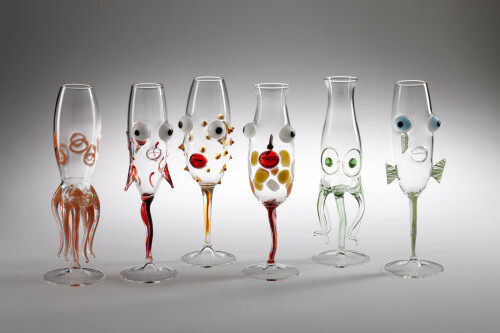
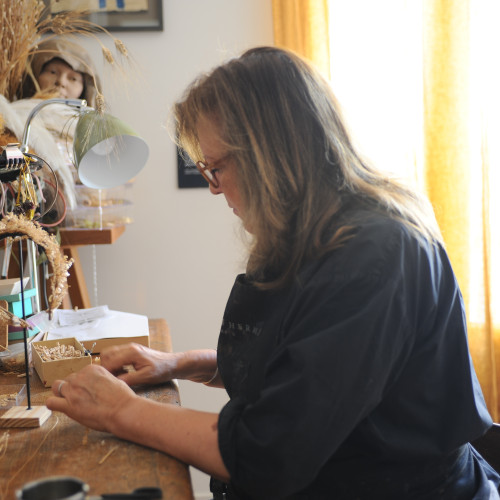
Homo Faber Biennial - 2024 - Artisan Portrait
May 2024
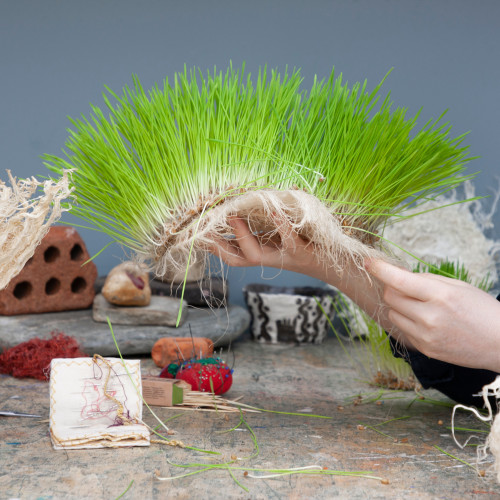
Homo Faber Biennial - 2024 - Artisan Portrait
May 2024
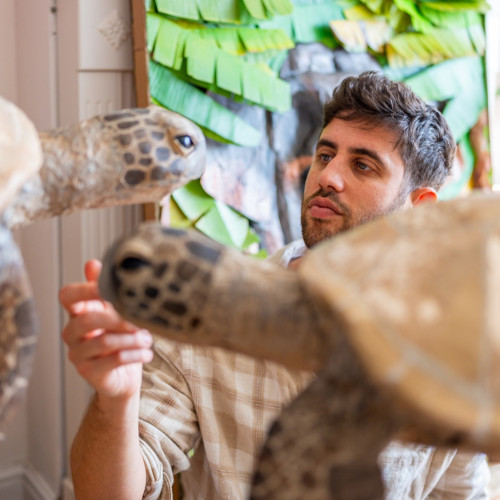
Homo Faber Biennial - 2024 - Artisan Portrait
May 2024